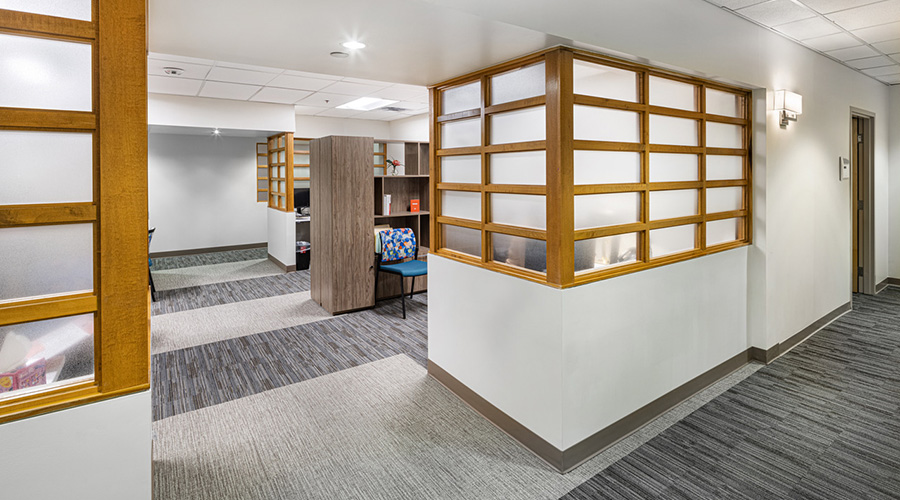The COVID-19 pandemic tested the emergency preparedness of every healthcare organization in every possible way, from IT and maintenance to interior design and environmental services. The same held true for hospitals’ food programs, which were forced to rethink and revamp operations while still ensuring the health of short-term patients and long-term residents.
Like any good healthcare operator, Ohio Living — a Columbus-based group of a dozen continuing care retirement communities — had a contingency plan ready when the COVID-19 pandemic hit, according to Food Management.
Last spring, when the pandemic became apparent, the organization had to turn the ship around pretty quickly. It had experience doing this because of its size and the way it is structured. Twelve campus-level teams of dining directors and chefs oversee the feeding of assisted living and long-term care residents.
Ohio Living properties normally follow a full-service dining model, but last spring that shifted to delivery almost overnight. While meal delivery might seem easier than restaurant-style dining, the switch wasn’t without challenges. Some staff had to be retrained, so dishwashers and servers might be drafted into packaging or delivering food safety, for instance.
Disposables and trays had to be sourced. Carts to transport meals were borrowed from vendors. Menus were also streamlined from an a la carte offering to fewer choices, with an emphasis on comfort foods to compensate for the diminished selection.
Click here to read the article.

 Code Compliance Isn't Enough for Healthcare Resilience
Code Compliance Isn't Enough for Healthcare Resilience Ribbon Cutting Marks First Phase Completion for New Montefiore Einstein Facility
Ribbon Cutting Marks First Phase Completion for New Montefiore Einstein Facility Brooks Rehabilitation Launches 3 New Major Construction Projects
Brooks Rehabilitation Launches 3 New Major Construction Projects Joint Commission Standards: What Updates Matter Most?
Joint Commission Standards: What Updates Matter Most? Swinerton Completes Construction at Atlanta's Grady Hospital
Swinerton Completes Construction at Atlanta's Grady Hospital